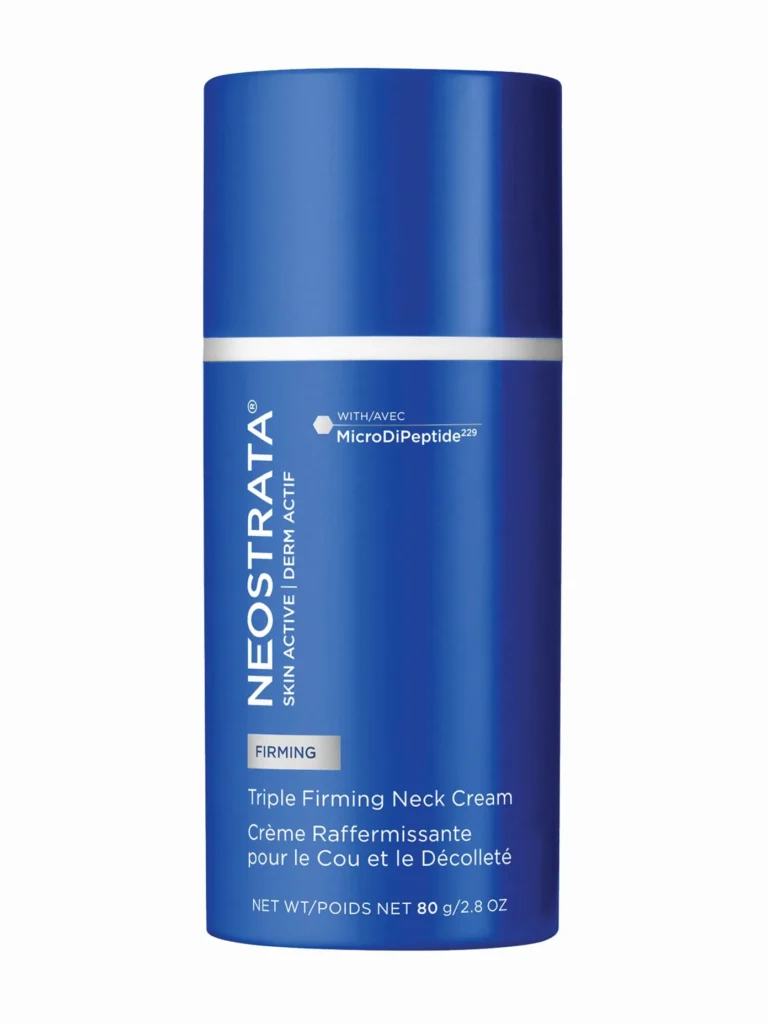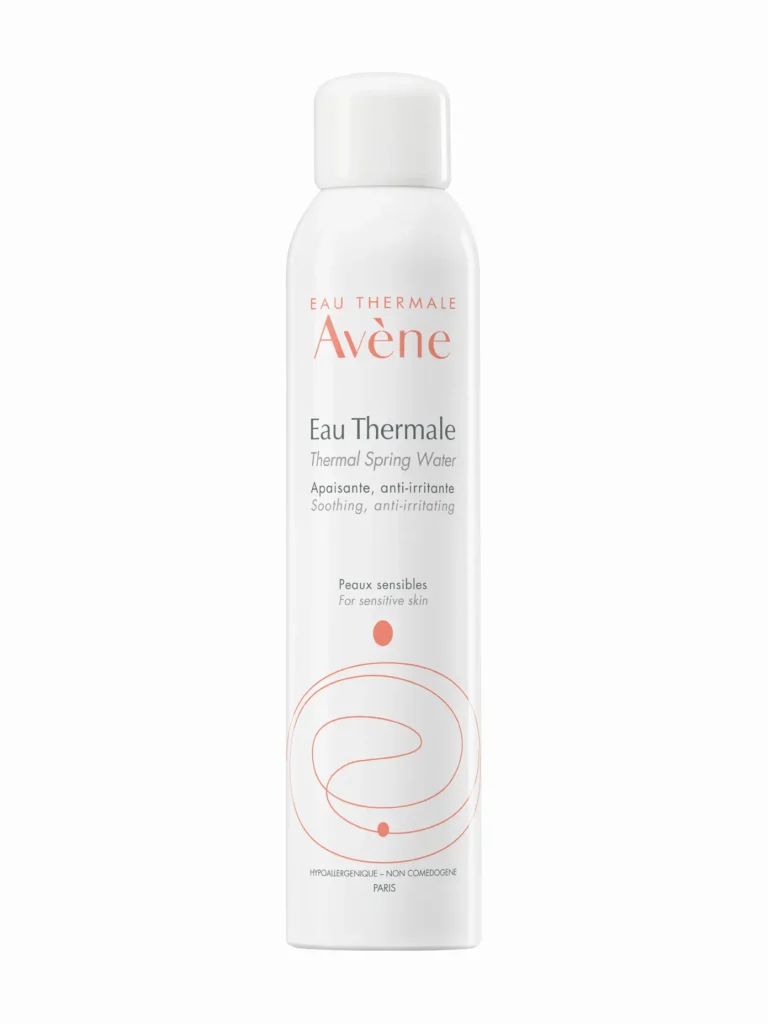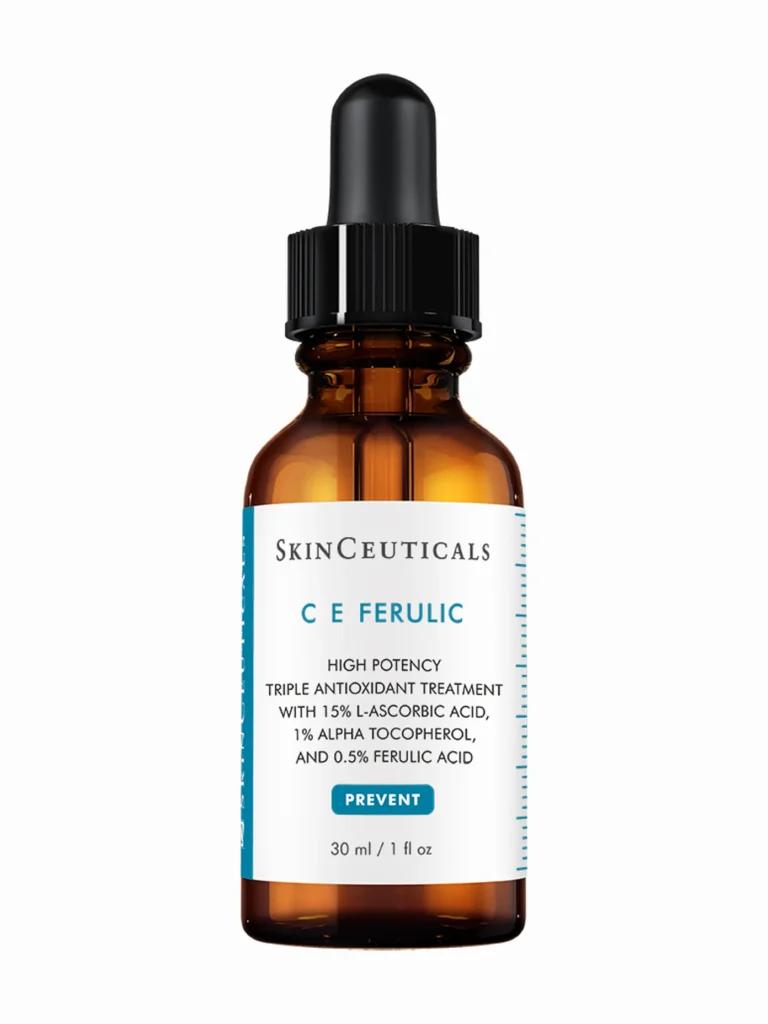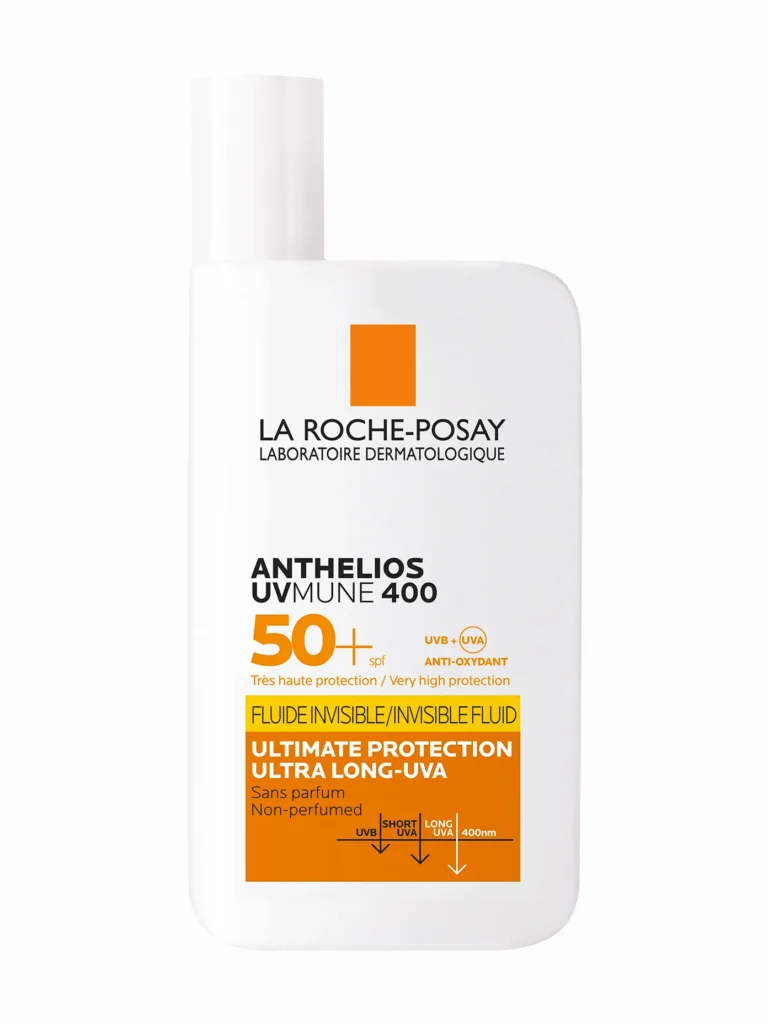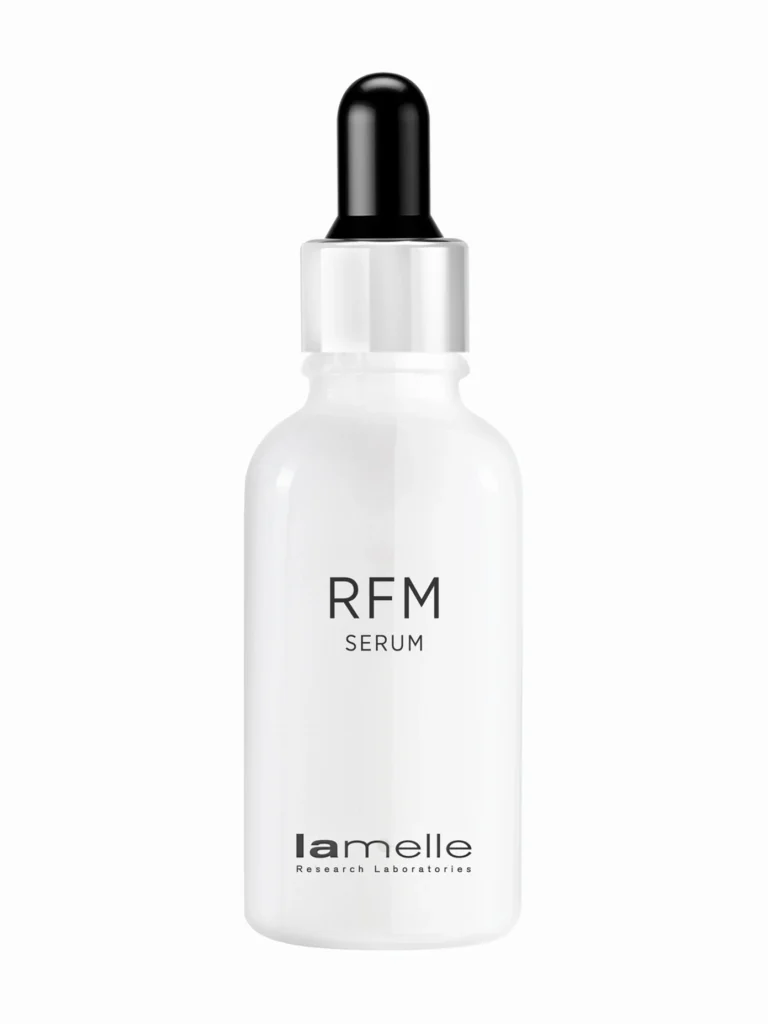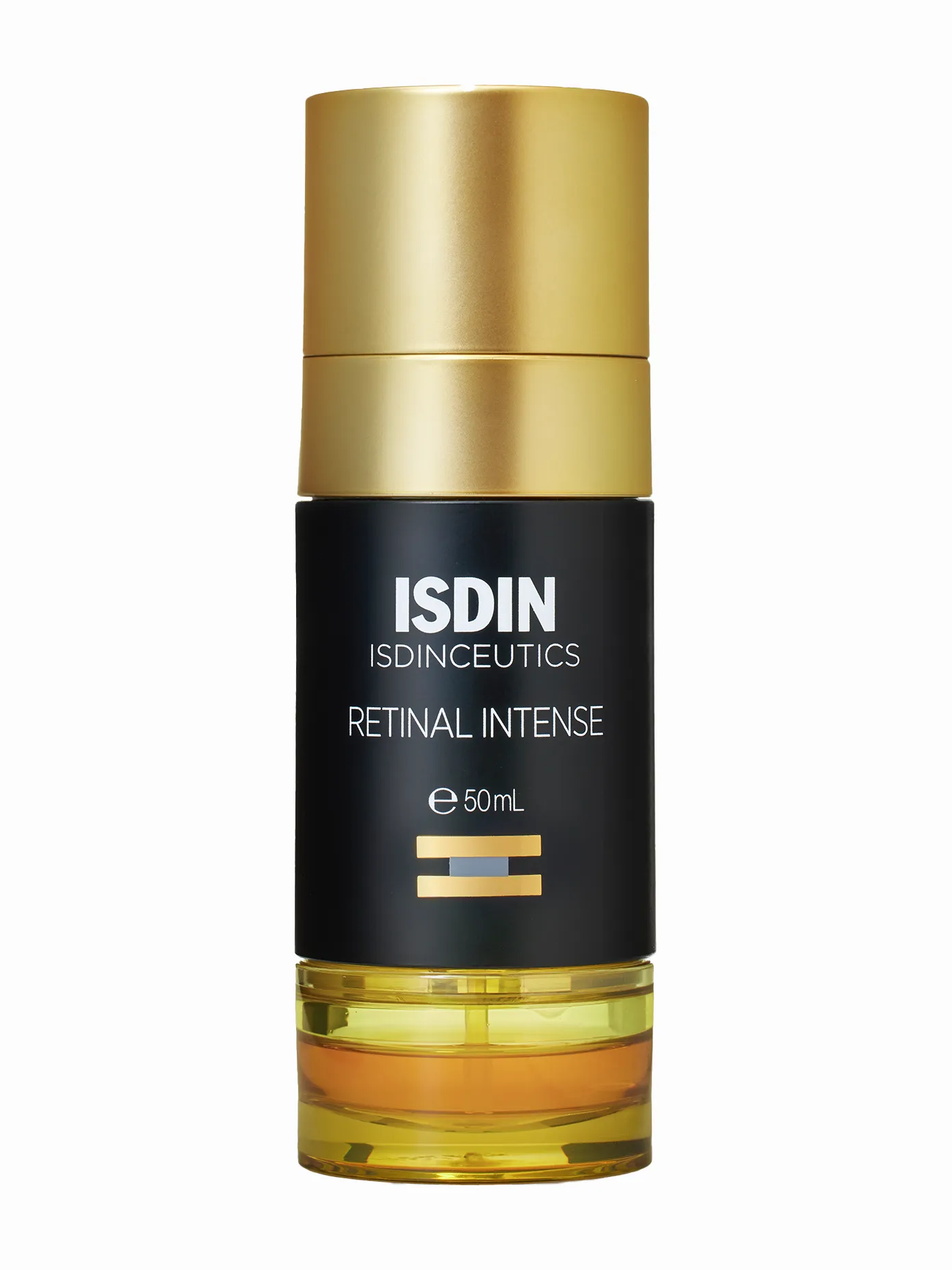Clinical Studies
We’ve all heard the phrase clinically proven but what does this term actually mean?
After research and development of a skincare product is complete, it is considered ideal practice to conduct efficacy studies on the finished product so that claims can be made, or met.
Studies can be conducted in-house or by an externally appointed company using a combination of testing methods.
A Hierarchy of Evidence
Factors our team looks at when evaluating the efficacy of a skincare product.
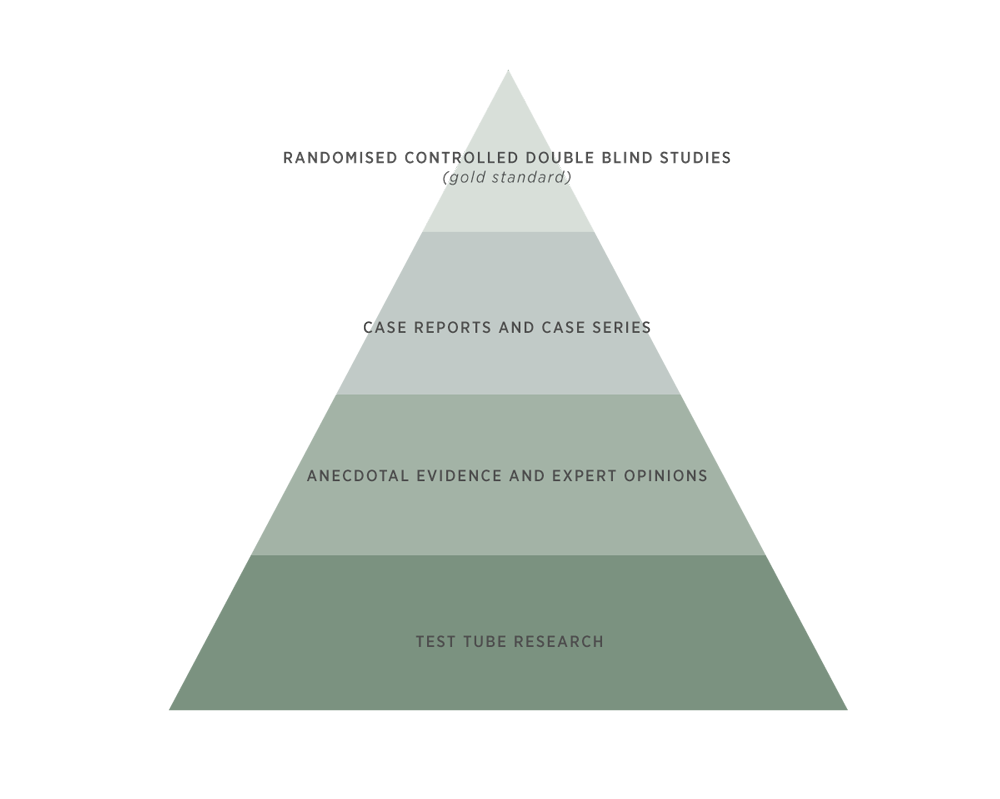
EVIDENCE-BASED
Evidence-based medicine or evidence-based dermatology is based on proper scientific clinical studies. These studies are usually what we call randomized double-blinded studies. This means is some people on the clinical trial would use a product with an active ingredient, whereas others in the same study would use a plain product without an active ingredient.
For these studies to be statistically significant, a reasonable number of patients have to be enrolled in these clinical studies. On completion, the clinical studies are then submitted for publication in what is called peer-review medical journals.
PEER-REVIEWED
Medical journals have an independent editorial board that will only accept clinical studies that are of a high, professional standard for publication.
This is opposed to what we call anecdotal evidence or testimonials. On many websites, you will see customers claiming miraculous results but a few good results or experiences with a product does not constitute scientific evidence.
Popular Ingredients with Peer-Reviewed Literature
(inexhaustive)

“The absolute ideal is for a skincare product to be subject to randomized, controlled, double-blind studies, however, this is a very expensive process that larger pharmaceutical companies can only afford. Many other companies have clinical studies on the efficacy of the active skincare ingredients in their products. Good science is important, but it is also important to get feedback from consumers about their opinion on the efficacy of the product, ease of application, feel on the skin, and so forth”
DR. IAN WEBSTER
Products with Peer-Reviewed Literature
(inexhaustive)
A firming neck cream with MicroDiPeptide²²⁹ helps smooth wrinkles and brighten uneven tone.
R1,620.00
Soothing Natural Thermal Water
Sensitive or Reactive Skin
R330.00
A renowned Vitamin C serum that provides advanced environmental protection.
R3,100.00
A lightweight, invisible sunscreen for advanced UVA protection.
R395.00
Rx
A potent elixir that helps improve firmness, dullness, and luminosity.
R3,940.00
No products found

